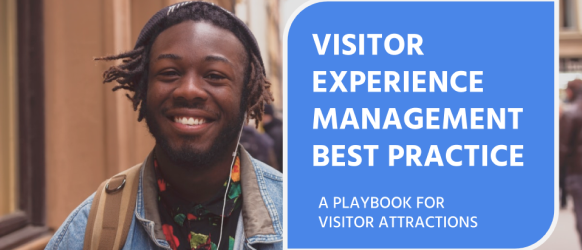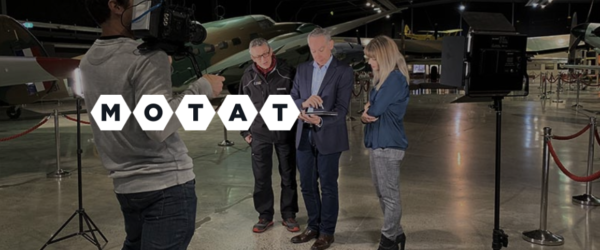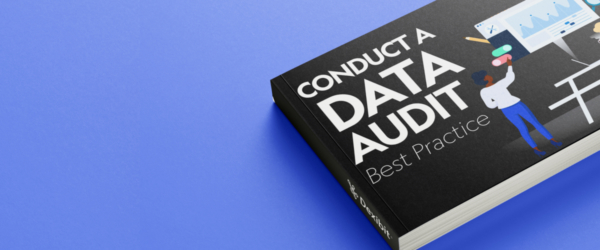How to measure dwell time in visitor attractions
- In Blog, Visitor Experience
- Dwell time, Location analytics
- 3 min read
We’re often asked about different options for measuring visitor dwell times… one of those elusive yet insightful metrics on visitor experience and behavior.
Sure, you can track a few individual visitors in a study from time to time, but the sample size would be questionable. Or you can ask visitors intercept style, but that’s again a small sample and valuable evaluation real estate when the data can be found elsewhere.
Facial recognition would be great, but that conflicts with the privacy policies of most attractions. Video would be another option, but the calibration for site wide dwell time given the size of an attraction is way too expensive and hard.
Our usual ‘go to’ is location analytics, if you have them. RFID is best, WiFi is still okay when cleaned, but only for tethered devices or BLE is a last resort, but only works if you’ve got good download and usage rates on your app. The best thing about this method is it will offer you dwell time within the site too, plus other benefits for understanding pathways and conversions (e.g. people who go here also go there).
If you don’t have these options, fear not! Here’s the alternatives:
1. If you scan a member card for entry, scan your members out as well as in and take the time difference between the two. Sure, they’re only a sample of your visitors and their behavior might differ from non members – interesting, nonetheless.
2. If your visitors exit through the gift shop, you can re-scan the general admission ticket (or as above, the member card) and again take the difference between the two. You might need to offer a benefit (such as a discount) – don’t forget to tell your visitors on entry to keep their ticket for a discount in store if you want them to hang on to it.
3. If you offer paid parking, this is a pretty reliable source! To test its validity, compare the start time distribution against your visitor entries. It is a sample from only visitors with cars and interestingly, more a reflection of how long visitors plan to spend than what they actually do.
4. Got a coat check? If you use a checking system, you can take the data from it, or if not, ask your visitor service team to record entry and exit times. It is a sample from only visitors with gear (often families and tourists).
5. If you’ve got automated timed footfall coverage on your entries and exits, you can also roughly use these to look at distributions over the course of the day between entrances and exits. This also a great solution for queues – a lot easier to measure dwell time for, because visitors are going in and out of the queue one after the other.
Get insights delivered right to your inbox
Want to learn more about Dexibit?
Talk to one of our expert team about your vision to discover your data strategy and see Dexibit in action.






